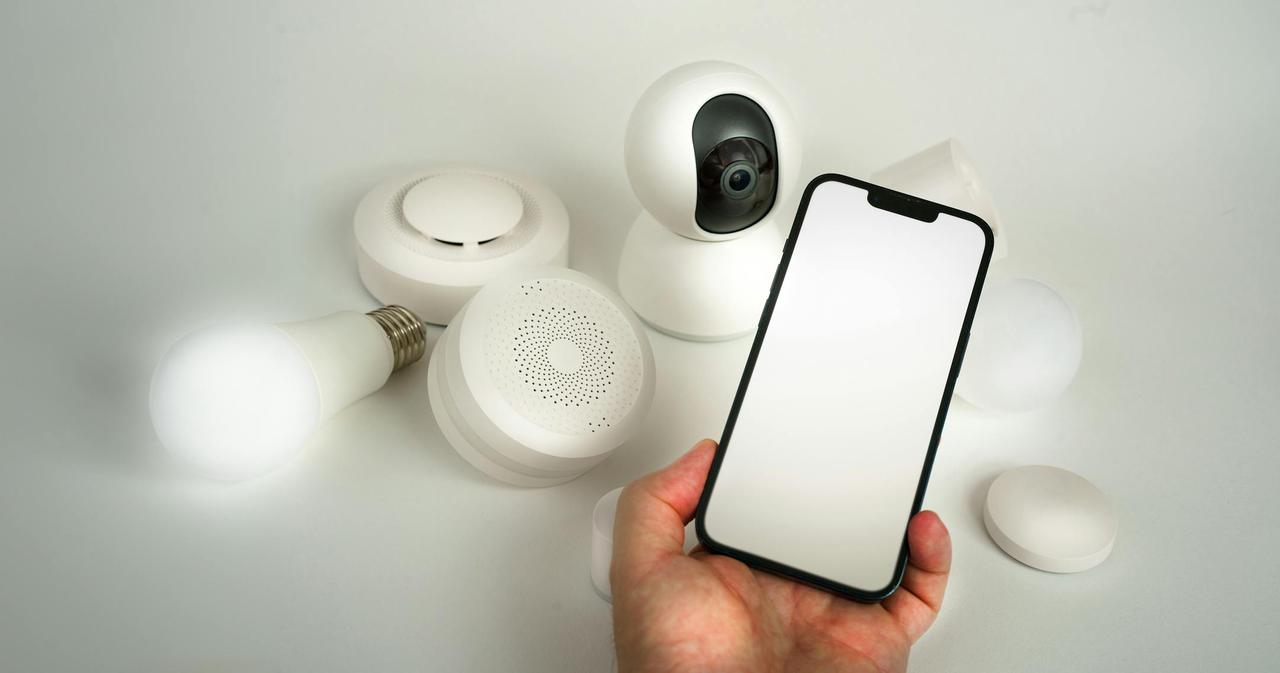When your business relies on connected devices—phones, laptops, tablets, wearables—keeping them secure, fast, and integrated isn't optional. It’s essential.
That’s where IoT device lifecycle management comes in.
It’s not just about setting up a device and hoping it runs smoothly forever. Devices have a lifecycle. From deployment to decommission, every stage matters. And if you ignore those stages, you're opening the door to security risks, slow performance, and unnecessary downtime.
Here’s what lifecycle management actually involves—and why your business needs it.
It’s the process of managing an IoT device from the moment it’s activated until the moment it’s retired. That includes setup, updates, performance monitoring, security patches, and finally, safe disposal or replacement.
If you’ve ever dealt with outdated hardware slowing down your team, or a data breach because of a forgotten device, you’ve felt what poor lifecycle management looks like.
Unmanaged devices are vulnerable. They miss critical updates. They get left behind in firmware patches. And over time, they become the easiest way into your network.
When your company uses dozens—or hundreds—of connected devices, you need to know which ones are active, updated, and secure.
Lifecycle management keeps each device visible, updated, and protected.
At Doha Inc, we build our subscription-based device model with this in mind. The devices you get from us come with ongoing support, updates, and management options. So you don’t have to think about it—we’ve already taken care of it.
You can’t control what you can’t see.
If you're managing devices across multiple teams or locations, you need one clear view of what’s where, who's using what, and how those devices are performing.
Good lifecycle management gives you that visibility.
It helps you:
This is especially important for businesses using BDFONES, laptops, projection systems, and wearables from Doha Inc. Our 30 Seconds Boot Up Promise™ means devices start fast—but lifecycle management ensures they stay fast and aligned with your systems.
If your devices don’t talk to each other, nothing works the way it should.
Let’s say your team uses tablets in the field, projection systems in the office, and phones for customer communication. If each device is on a different OS version or hasn’t been updated in months, you get bugs, sync issues, and lost productivity.
IoT device lifecycle management ensures every device is configured, updated, and integrated into your broader ecosystem.
No manual troubleshooting. No guessing. Just consistent performance.
Hiring IT teams to manually manage every device? That’s expensive and slow.
One of the reasons we built Doha’s end-to-end subscription model was to cut that need. When devices are managed throughout their lifecycle, you eliminate the constant “tech panic” moments—frozen screens, missing apps, compatibility failures.
And you don’t need to dedicate staff to fix problems that never should’ve existed in the first place.
Unmanaged devices lead to surprise costs: sudden replacements, emergency support, unexpected downtime.
Lifecycle management helps you plan. You know when devices will need upgrades. You can forecast spending. And you don’t waste money fixing devices that should’ve been retired months ago.
When you buy from Doha Inc, this kind of forward planning is built into our pricing and subscription system. You always know where your devices stand—and what’s coming next.
Most businesses forget about devices once they’re no longer in use. But a neglected device can still carry data, access systems, or cause compatibility issues if it's reactivated.
Lifecycle management includes secure decommissioning—erasing data, removing device access, and disposing or recycling hardware safely.
We make sure every Doha device that leaves your hands is wiped, disconnected, and handled responsibly.
None of that is good for your business.
Whether you’re a startup or managing hundreds of users, IoT device lifecycle management is not optional anymore.
Here’s how to start:
When you buy from us, you’re not just getting the latest tablets, laptops, or BDFONES. You’re getting devices that are supported, integrated, and always ready to work.
Devices aren’t just tools. They’re the foundation of how your business operates. If they fail, your team slows down. If they’re exposed, your data is at risk.
That’s why IoT device lifecycle management isn’t just a tech detail. It’s a business essential.
Let us help you manage it—without adding extra work to your plate.
Get in touch to explore our devices for business. When you’re ready to simplify your tech stack, we’re ready to help.
